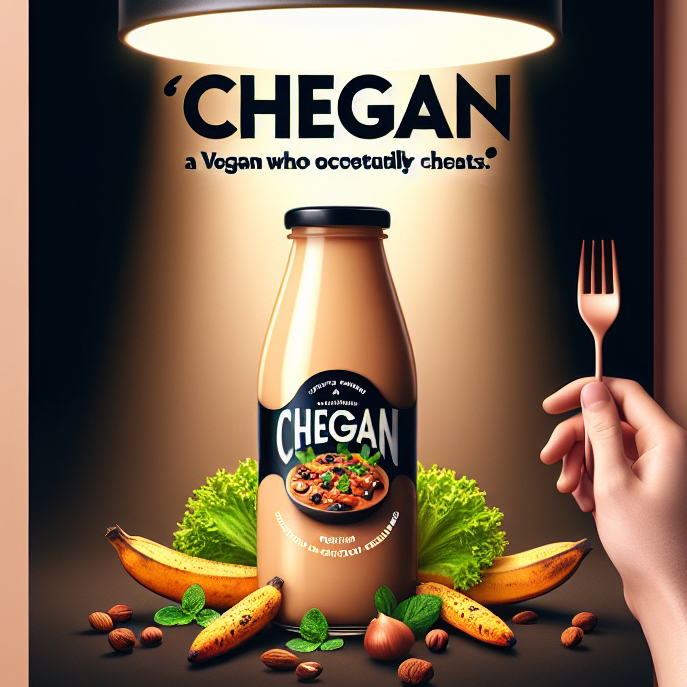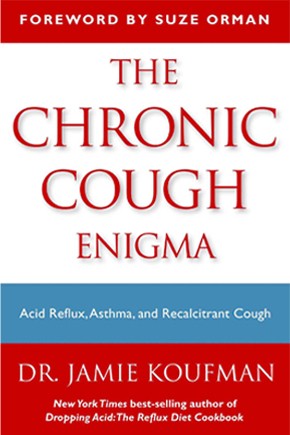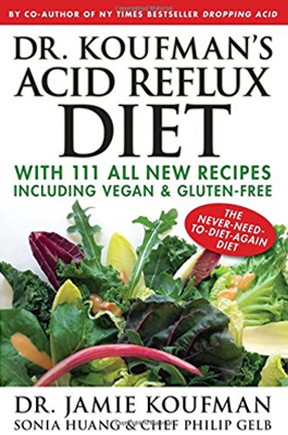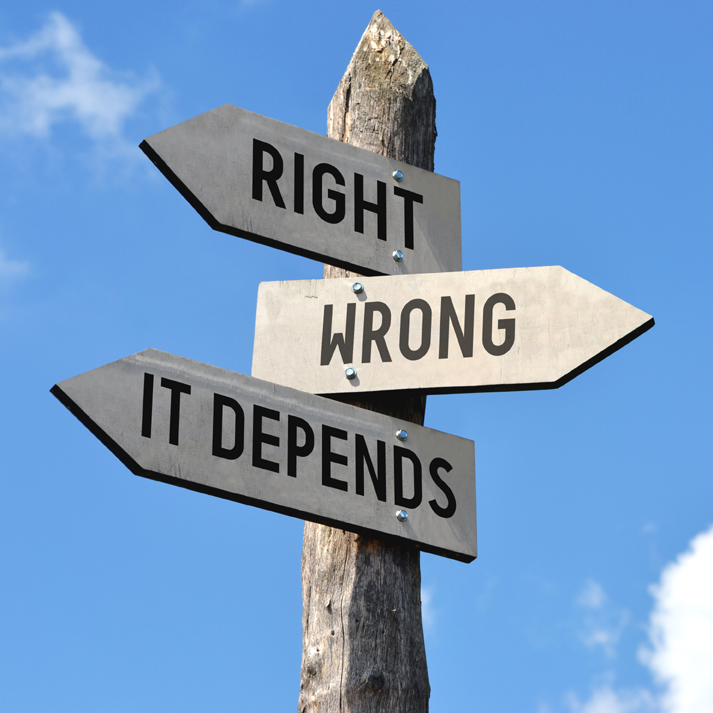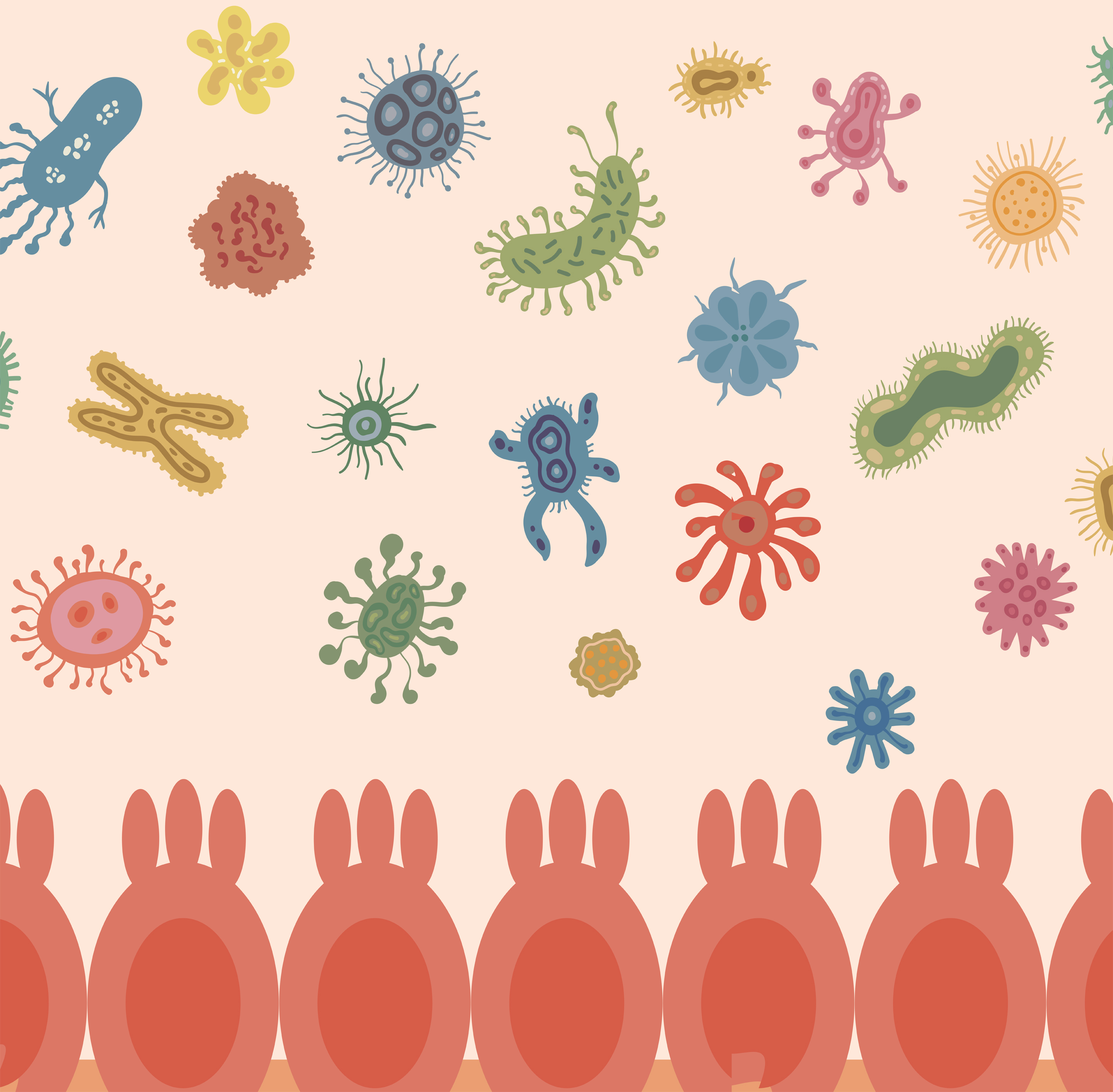At-A-Glance
- We spend $1 trillion a year on unhealthy food, and then another $1 trillion on ineffective treatments, devices, and procedures for the resulting diseases — with respiratory reflux looming large.
- Millions of Americans have Silent Nocturnal Respiratory Reflux (SNoRR), which causes diseases such as asthma, laryngitis, sinusitis, chronic cough, COPD, snoring, and sleep apnea.
- To understand SNoRR is to understand why U.S. healthcare today is so expensive and dominated by corrupt, money-driven, hegemonic corporations.
- The world’s healthiest (scientifically-proven) diet is VEGAN; however, it is difficult to sustain for most people; therefore, I recommend a CHEGAN, cheating vegan, DIET that allows some dairy, fish, and poultry.
Join Facebook Live with Dr. Jamie Koufman the First Wednesday of the Month at Noon ET, and if You Have Questions About Respiratory Reflux Ask Them There. And If You Miss It Live, It Gets Posted to YouTube Afterwards.
This post is excerpted from Dr. Koufman‘s upcoming book, “Respiratory Reflux: How Silent Reflux Causes Diseases.”
Throughout my career as a physician and scientist, I have observed three insidious and interrelated trends that have dramatically changed America’s health and healthcare for the worse. The first is the American diet and lifestyle, which, in the last half-century, has caused massively pervasive chronic diseases such as asthma, obesity, diabetes, heart disease, and acid reflux. The second is the rapid expansion of medical specialties, each with “anatomic sovereignty” over one area of the body, but none trained to diagnose and treat common problems, including respiratory reflux. And the third is skyrocketing medical costs.
In 2022, U.S. healthcare spending hit $4.5 trillion … increasing by 4% per year … and paralleling the arc of unhealthy food sales. The numbers tell the story: fast food, $335 billion; beef, $30 billion; processed meat, $39 billion; dairy, $163 billion; soft drinks, $297 billion; alcohol, $247 billion; and in total, food away from home, $992 billion. Fast food makes up more than 30% of America’s diet.
Chronic Disease Follows Fast Food in America, and Respiratory Reflux Is The Poster Child

The graph above shows 50 years of growth (1970-2020), the growth of fast food sales, and the growth of common diseases. The top (highest) line is fast food revenue, and just below are parallel lines that show diseases that follow the arc of bad food. From top to bottom, the lines are asthma, obesity, diabetes, sleep apnea, and esophageal cancer.
We spend a trillion dollars a year getting sick from bad food and another trillion dollars on bad treatments that, like bandages, don’t really work. The horrifying graph above suggests that it’s time for a big change. We eat so much fatty meat and dairy that it might be worth considering the opposite, vegan.
What Is The World’s Healthiest Diet?
The China Study, the largest scientific study ever done on the relationship between diet and disease was first published by Drs. Colin and Thomas Campbell in 2005. It examined the link between the consumption of Animal Products (including dairy) and chronic illnesses, including coronary heart disease, diabetes, breast, prostate, and bowel cancer. The data also reveal that a high-fat animal diet causes obesity, Respiratory Reflux and its sequelae, including reflux-caused esophageal cancer. A whole plant-based VEGAN diet is unquestionably the healthiest, sustainable diet in the world, period.
Is it difficult to get enough nutrition by eating just grains and plants? Many large animals, for example, are strict Herbivores, including cows, camels, goats, giraffes, gorillas, horses, hippos, manatees, and elephants. But why is it hard for humans to keep a vegan diet? Humans don’t have the time, unlike animals who often forage all day. In addition, most restaurants do not offer good vegan menu choices.
Can I Be CHEGAN, Cheating Vegan?
Most average-sized people require about 1,800 to 2,000 calories daily and 45 grams of protein; you can check your dietary requirements online.
What’s the world’s second healthiest diet? The Chegan diet is plant- and grain-based but includes moderate poultry and wild-caught fish. It is as delicious as it is sustainable. I recommend a portion of fish, shellfish, and/or poultry 3-5 days per week. Also, in accordance with the science of acid reflux, the diet should also be low in acid.
How Much Does Livestock Contribute To Global Warming?
Greenhouse gasses, carbon dioxide, and methane? After energy and heat production (25%), agriculture contributes (24%), while transportation — all planes, trains, and automobiles — contributes 14%. Livestock alone accounts for 14.5%.
There is accumulating evidence that a whole plant-based diet for humans, without livestock food sources, would save us from ourselves and our chronic diseases … and help control global warming. Just say no to cow!
Please subscribe to this blog to stay up to date; and if you would like to schedule a virtual consultation with me, you can book it online.

